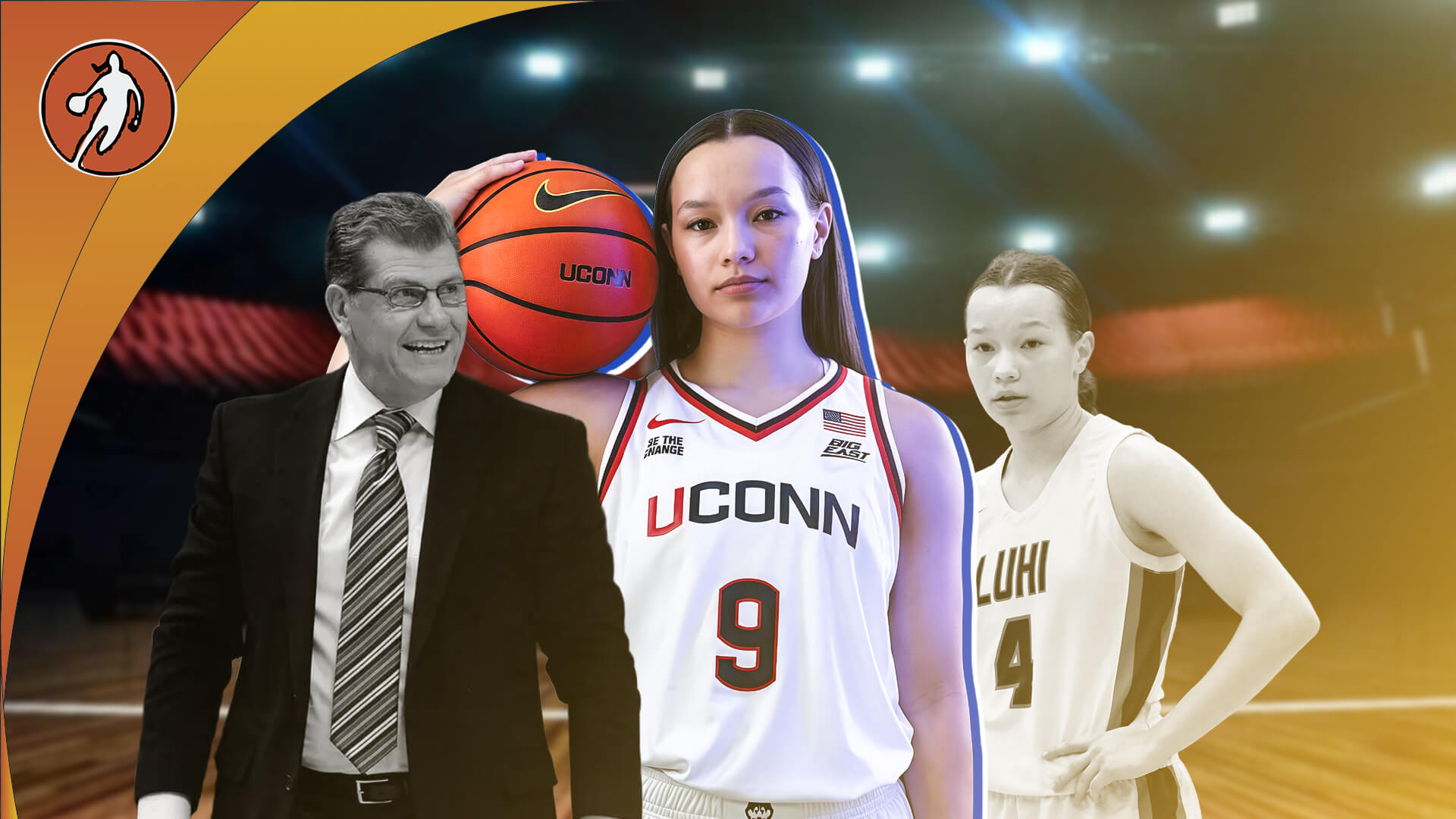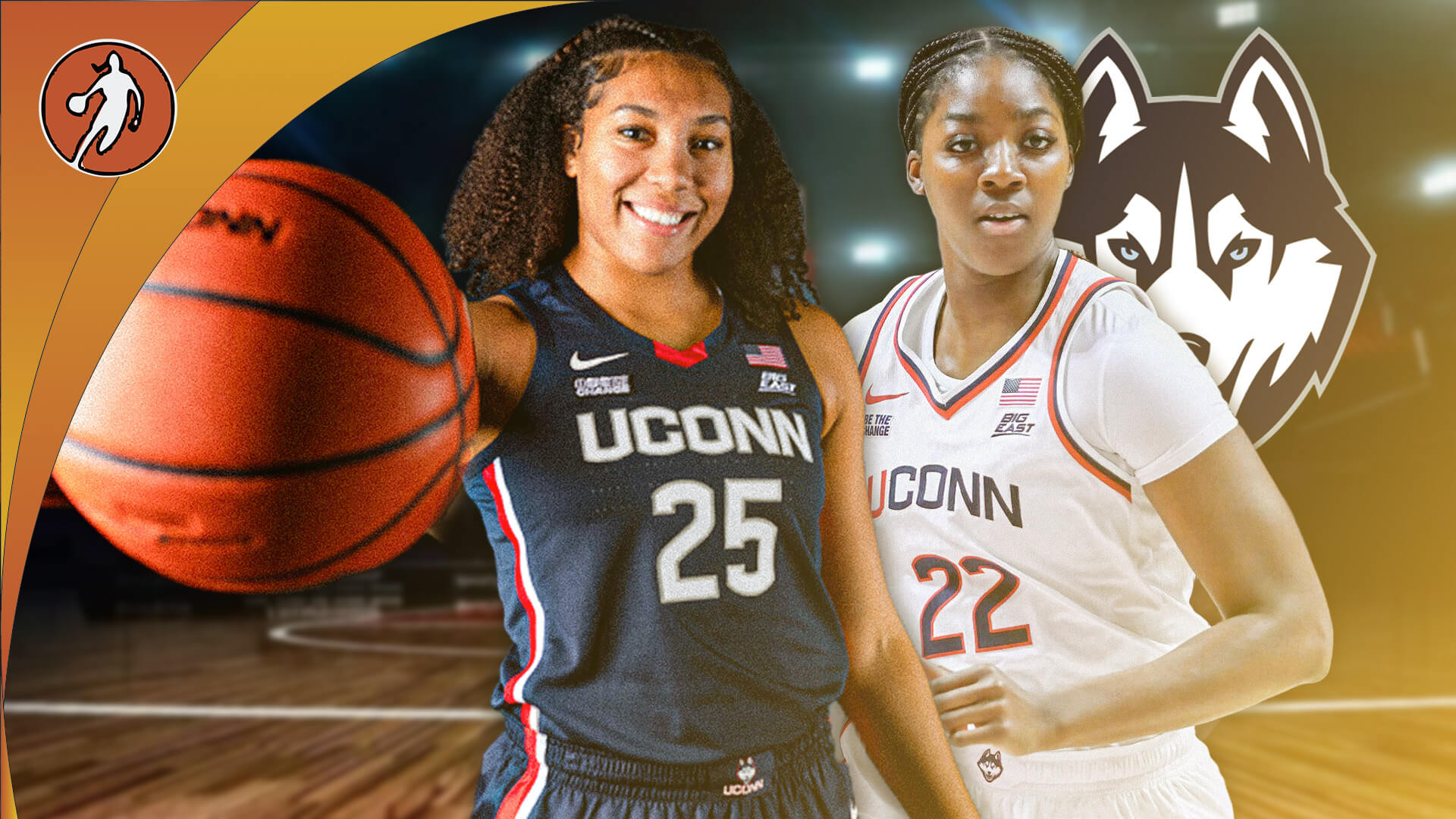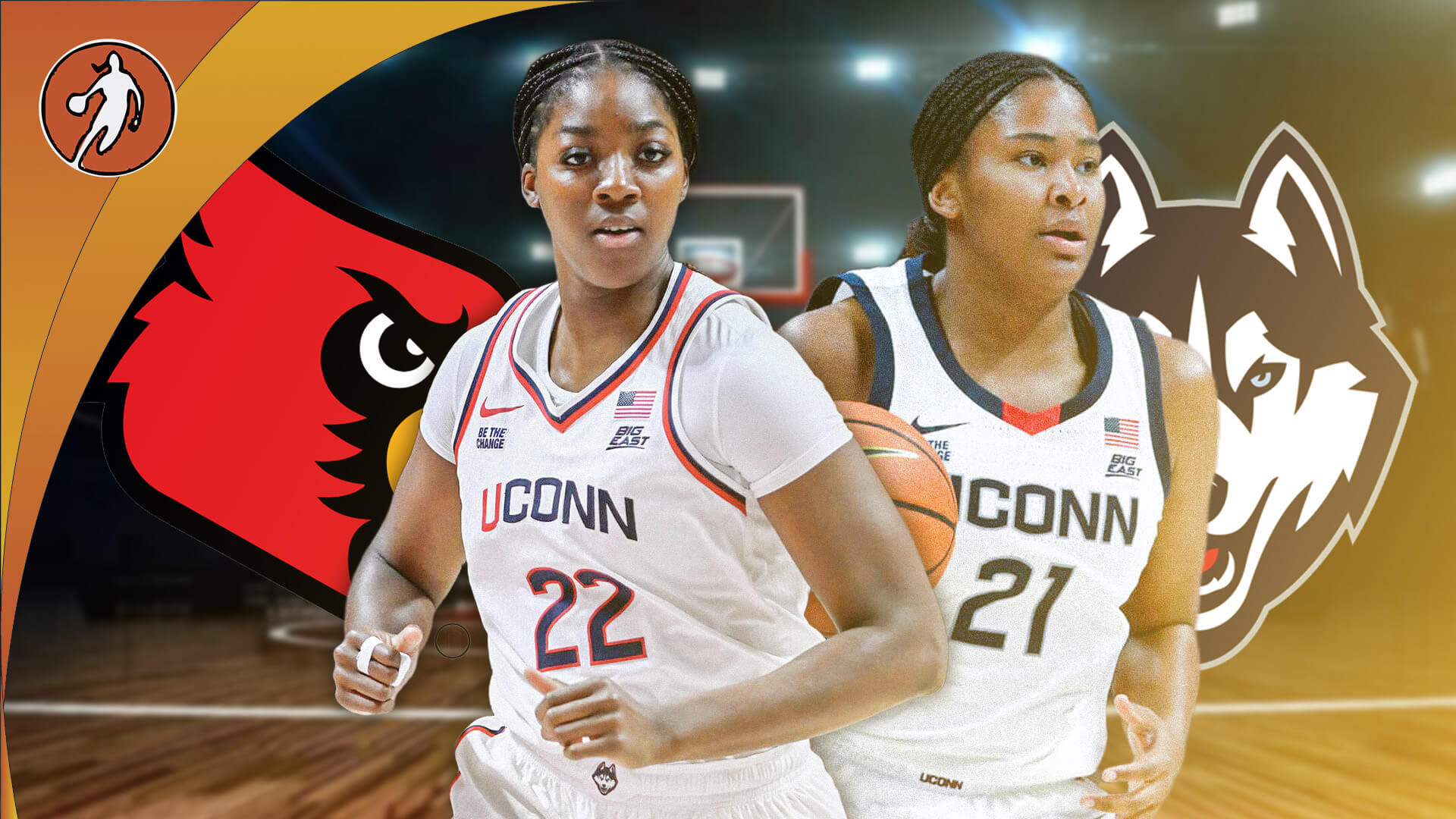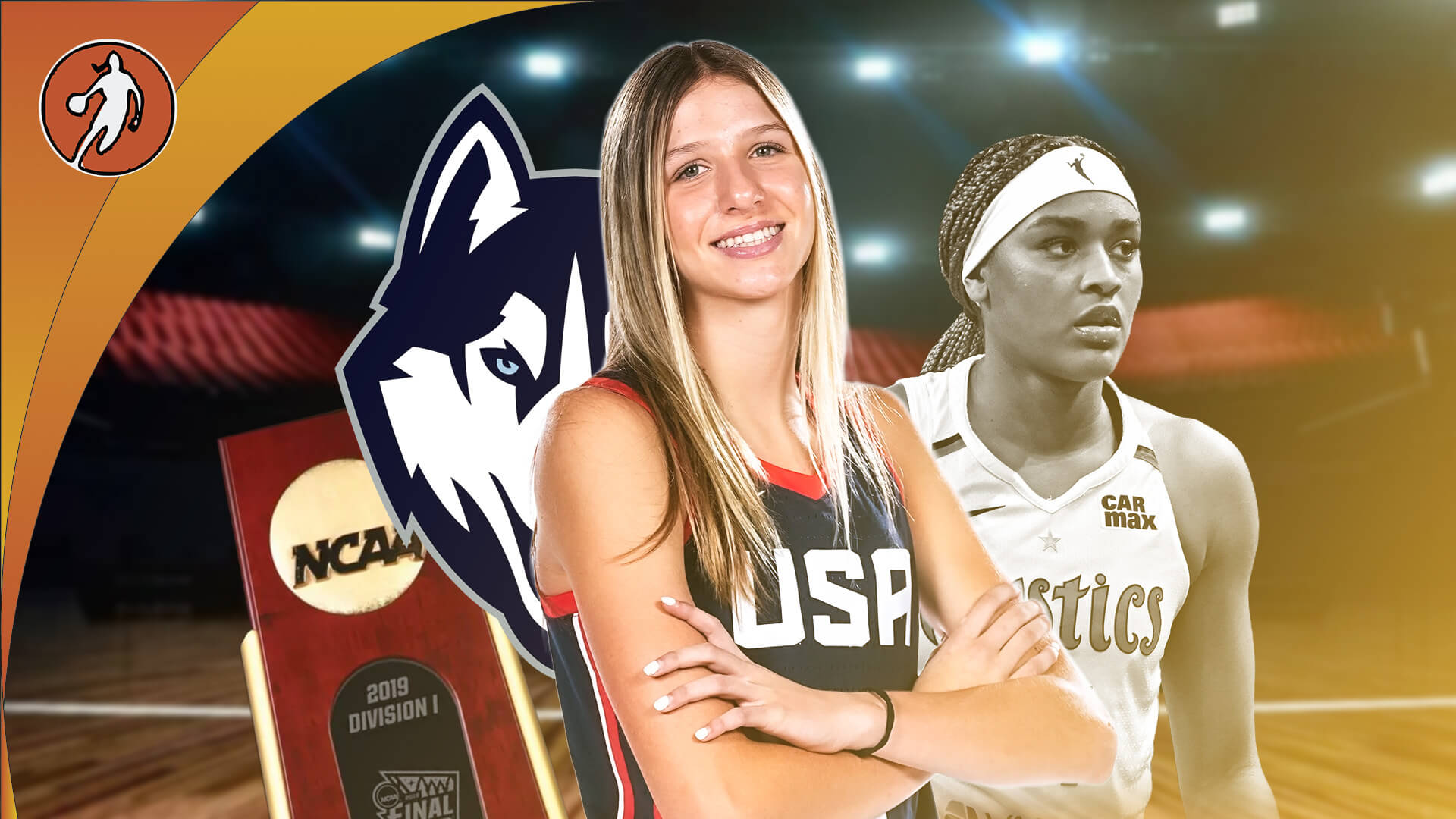UConn women’s basketball regains Ayanna Patterson and Caroline Ducharme for 2025–26. Their return could reshape depth, leadership, and March Madness hopes.
A Season Shaped by Two Comebacks
The University of Connecticut women’s basketball program enters the 2025–26 season with renewed optimism—and a new layer of complexity. At the center of this storyline are forward Ayanna Patterson and guard Caroline Ducharme, two former top recruits whose careers have been derailed by long-term injuries.
Now healthy and active, their return could significantly alter UConn’s depth chart, frontcourt toughness, and backcourt leadership. But the challenge is not just about adding talent—it’s about managing risk, rebuilding chemistry, and navigating the delicate balance between potential and uncertainty.
Ayanna Patterson’s Long Road Back
For Patterson, the wait has been grueling. She missed the entirety of both the 2023–24 and 2024–25 seasons, sidelined first by knee surgery for patellar tendinitis and later by a separate shoulder procedure. Two lost years meant not only physical recovery but also a painstaking effort to stay connected while the game moved on without her.
Cleared by UConn’s medical staff in May 2025, Patterson began contact drills a month later. At the team’s open practice, she showed flashes of her old self—attacking the paint, rebounding aggressively, and holding her own among post players.
If Patterson regains full form, she brings a dimension the Huskies have occasionally lacked in recent years: a physical interior presence who can rebound, defend, and add toughness against bigger frontcourts in the Big East and beyond. But after two seasons away, rust and adjustment are inevitable. Timing, endurance, and sustained aggression at game speed will all take time to return.
The coaching staff’s task is to integrate her without overloading her, ensuring her comeback becomes a reliable contribution rather than another chapter of setbacks.
Caroline Ducharme’s Neurological Battle
While Patterson’s road was orthopedic, Ducharme’s was neurological. Concussion symptoms plagued her for two seasons, forcing her to seek specialized treatment—including time at Aviv Clinics—to restore her health.
Signs of progress came late in the 2024–25 season, when she logged limited minutes in scrimmages and games. Entering her final season of eligibility, reports from UConn’s open practice suggest Ducharme is now fully back. Observers noted her defensive energy, vocal leadership, and a confidence that resembled the guard who once carried UConn through key stretches.
Her return offers more than just depth. Ducharme provides veteran backcourt stability, defensive awareness, and a steadying influence for younger guards. She also brings a voice on the court—directing teammates, communicating during breaks, and extending the coaching staff’s presence between whistles.
Still, questions remain about consistency. Can she sustain high-level play through the grind of Big East play and March Madness? That uncertainty will be a central storyline throughout the season.
Geno Auriemma’s Strategic Balancing Act
For head coach Geno Auriemma and his staff, the return of Patterson and Ducharme represents both opportunity and challenge. The plan appears deliberate: gradual reintegration, minutes restrictions, and careful monitoring of workload.
Expect both players to be eased in early, with the coaching staff staggering their minutes to avoid overburdening the rotation. Scrimmages have already become testing grounds for new lineup combinations. Patterson’s presence allows for more traditional frontcourt looks, while Ducharme’s return gives the backcourt a veteran floor leader.
Behind the scenes, the sports medicine team will closely track fatigue, recovery, and health metrics. The ultimate goal: ensure that both players are healthy not just in November, but in February and March when UConn’s season ambitions are defined.
Depth, Leadership, and Risk
The returns of Patterson and Ducharme provide UConn with what it lacked most in recent seasons: depth and veteran leadership. Patterson’s rebounding addresses a weakness inside, while Ducharme stabilizes the backcourt and allows younger players to develop without immediate pressure.
Yet reintegration is never seamless. Chemistry must be rebuilt. Lineups that grew in their absence now need adjusting. And perhaps most importantly, expectations must be managed.
Early inconsistency is likely. Both players will battle rust, timing issues, and physical adaptation to the intensity of college basketball after extended time away. The risk of re-injury or fatigue looms, adding pressure to Auriemma’s rotation strategy.
What It Means for UConn’s 2025–26 Ceiling
Ultimately, Patterson and Ducharme raise UConn’s ceiling in the Big East standings and NCAA Tournament picture. Their presence provides options, flexibility, and experience that could prove decisive in March.
But the real impact may not show immediately. Success will depend on incremental progress, careful workload management, and the ability of teammates to adjust around them. If UConn gets the balance right, the Huskies could reemerge not just as contenders—but as favorites—when it matters most.
The story of Patterson and Ducharme is one of resilience and renewal. Their return doesn’t just add depth to the roster—it redefines what UConn women’s basketball can be in 2025–26.






